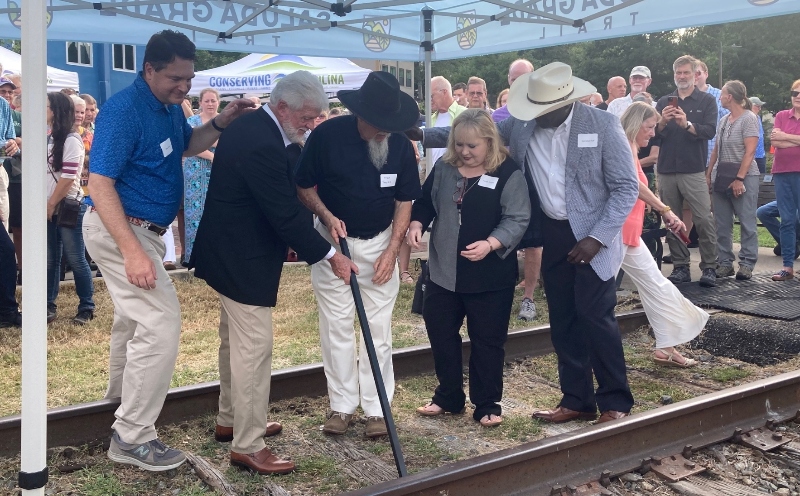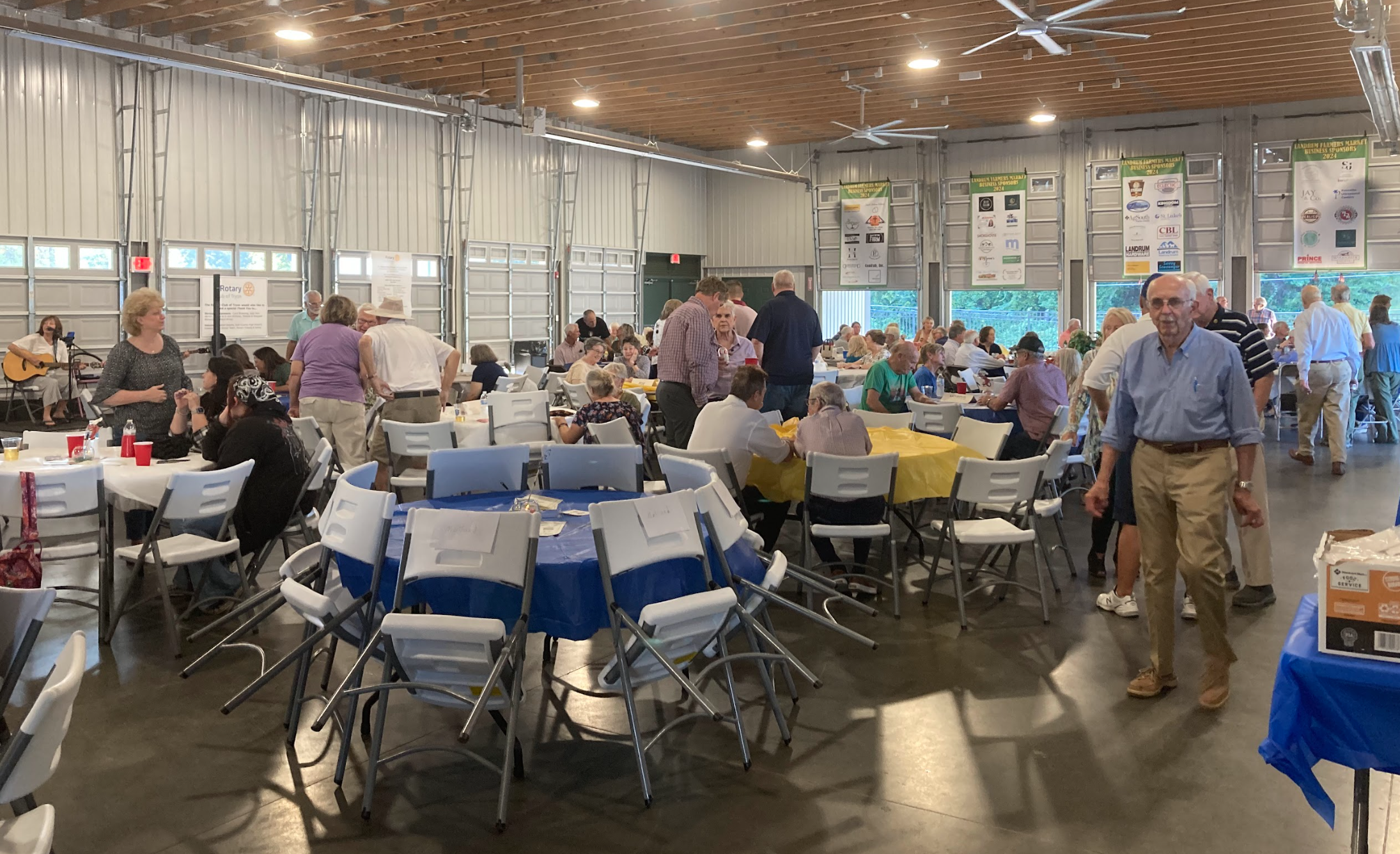Northern sky over Dark Corner was spectacular in 1839
Published 10:00 pm Tuesday, September 13, 2016
The 60th tale in this Twice-told series was about the much-anticipated full eclipse of the sun that occurred on February 12, 1831. There was another display of heavenly bodies that proved to be spectacular for all residents of the Dark Corner, just eight years later.
On Tuesday evening, September 3, 1839, beginning about seven o’clock, folks throughout the Corner, mountaineers and flatlanders alike, witnessed a most magnificent display of the Aurora Borealis, better known as the Northern Lights.
The entire sky over Glassy and Hogback Mountains, as well as surrounding peaks and ridges, was filled with bright, variegated streaks of red, green, blue and yellow lights from the top of the mountains (or from the northern horizon for those living on the back side) to the zenith of the sky.
Trending
The full display of heavenly bodies in long streaks of color provided as much light as the rising of a full moon, most folks agreed. Family members who came outside their houses to witness the sight were easily identifiable. The display began to wane a little after ten o’clock and was entirely gone an hour later.
Young children, who had been allowed to stay up and watch the never-before-seen (here in the southern U.S. in most instances) display of lights, began to slowly drift back inside, their unsophisticated minds stamped with an unforgettable sight.
They would remember the vast array of sky-filling colors and would, years later, relate the incident to their children and grandchildren. My own maternal grandfather would tell me of the heavenly array of lights (which he himself had not seen except through the words of his father and grandfather) well into the 20th century.
Ancestors who came from Europe told of having witnessed the Aurora Borealis on more than one occasion, particularly in northernmost countries, such as Scotland, Ireland, Finland, and Norway.
During the dark ages, this array of sky-filling lights was viewed as a kind of heavenly portent that meant there was a coming calamity. That connotation was not present evidently in the September, 1839, appearance in the Dark Corner.





